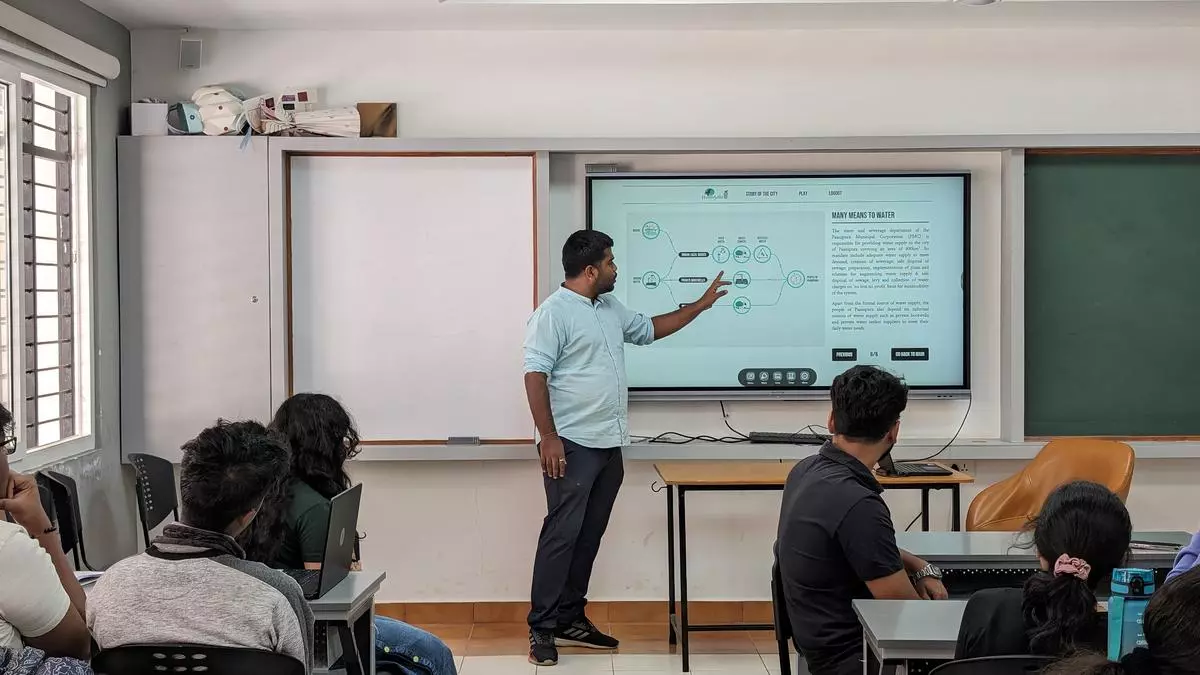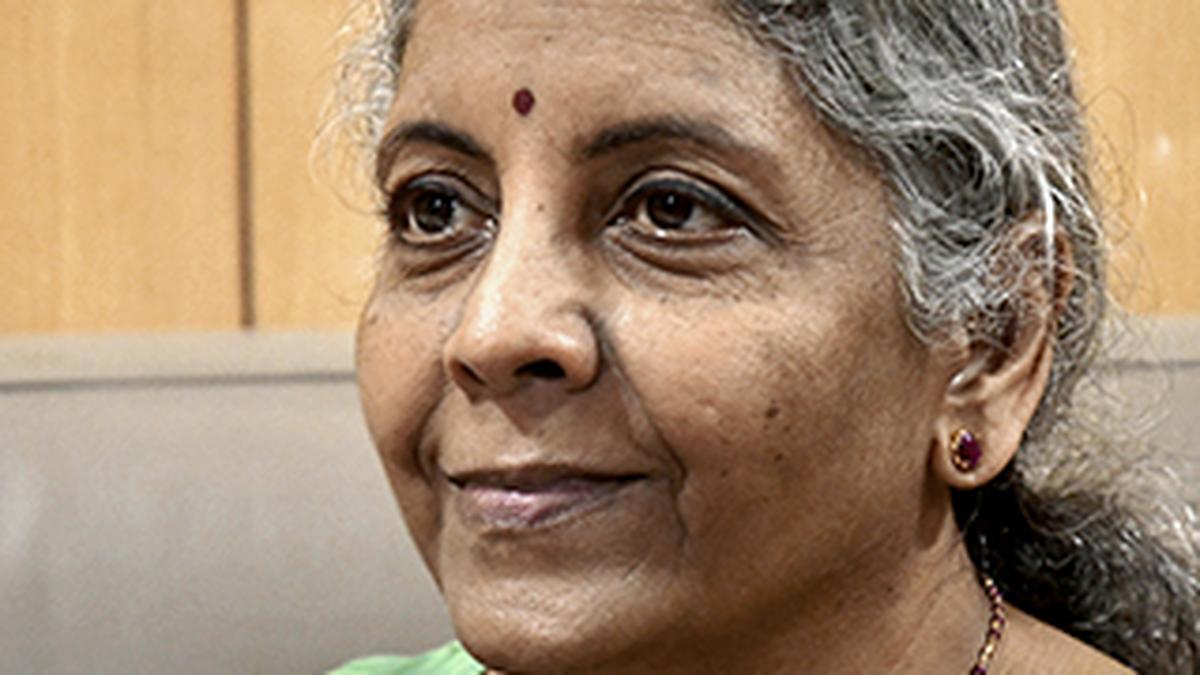Rooftop solar
Apropos the editorial ‘Warming up’ (December 9), the fact that most of the rooftop solar power unit installations under PM Surya Ghar Muft Bijli Yojana are confined to just four States shows that the awareness levels in other States is not up to the mark. Further, the high installation cost factor, even after subsidy, may be impeding the growth of installations.
Most of the poor households require installation with capacities of less than or equal to 1 kW for their power consumption. And they cannot afford the cost of installation even with the current subsidy of 60 per cent. The subsidy component may be increased to 90 per cent for installations up to 1 kW capacity, so as make the scheme affordable to the poor. And for those who cannot afford to bear the remaining 10 per cent cost of installation, the same may be arranged as a loan from a bank at a nominal interest rate and repayable in easy instalments. Further, awareness about the scheme needs to be increased to make people know of the advantages of having rooftop solar and the subsidised cost of installation.
Kosaraju Chandramouli
Hyderabad
Consumer spending
The article ‘What’s changing with Indian consumers’ (December 7) made for a good read. That Indian consumers are spending more on services (education, health, entertainment, etc) than food products these days clearly suggest that there is remarkable improvement in their standard of living. The increased spending on education and healthcare augers well for the country, as these are key components of human capital formation.
S Ramakrishnasayee
Chennai
Sanitation robots
This refers to ‘Sanitation 2.0: Robots that do heroic battle in the gutter’ (December 9). Technological inventions have both flips and flops. Start-ups engaged in designing of sanitation robots for addressing the challenges faced in sanitation infrastructure maintenance need to be given liberal technical and financial assistance in rolling out a perfect prototype model.
These sanitation robots, if manufactured on a large scale, would help thousands of water and sewage networks, by plugging leakages and removing silt which are hitherto done manually.
RV Baskaran
Chennai
End of Assad’s regime
With Bashar-al-Assad, who ruled Syria with an iron-fist for nearly a quarter of a century, fleeing the country and taking refuge in Russia following the capture of Damascus by rebel forces, Syria now stares at an uncertain future and political instability.
The fall of Assad’s government in Syria has not only signalled the end of the country’s 13-year civil war but wiped out a bastion from which Iran and Russia exercised influence across the West Asia. The visual footage on television showing thousands of Syrians in cars and on foot congregating at a main square in Damascus waving and chanting “freedom” aptly reflected their deeper yearning for free rule. Rebels have freed Syria from the clutches of Assad, but they have the daunting task of trying to deliver stability to a diverse country with competing factions that will need billions of dollars in aid and investments to rebuild.
M Jeyaram
Sholavandan, TN







Leave a Comment